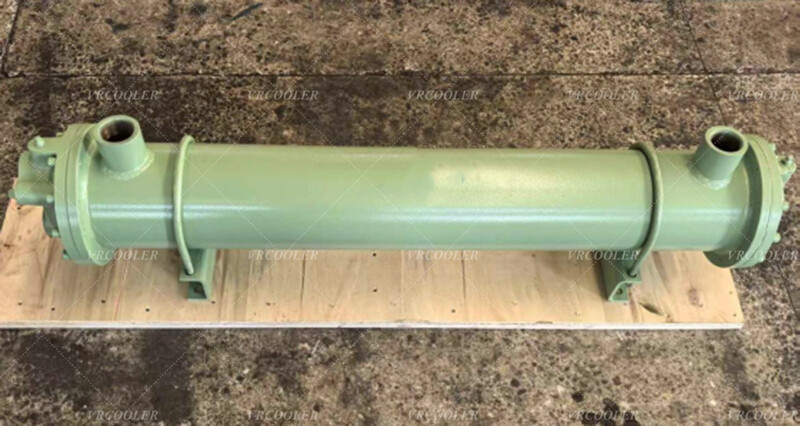Tube-and-Shell Engine Lube Oil Cooler
Tube-and-Shell Engine Lube Oil Cooler is a widely used heat exchange device in engine systems, designed to regulate the temperature of lubricating oil (lube oil) by transferring excess heat to a cooling medium (typically water or air). Its robust, tube-and-shell design makes it ideal for heavy-duty applications like marine engines, industrial generators, and large diesel engines.
The cooler operates on a counterflow or crossflow heat exchange principle:
Hot Lube Oil Path: After lubricating engine components, hot lube oil (typically 70–90°C) enters the inlet header, flows through the tube bundle, and releases heat to the cooler medium surrounding the tubes.
Cooling Medium Path: The cooling medium (e.g., seawater at 20–30°C) enters the shell, circulates around the tubes (guided by baffles), absorbs heat from the oil, and exits the shell at a higher temperature.
Temperature Regulation: Cooled lube oil (ideally 40–60°C) exits the outlet header and returns to the engine, maintaining optimal viscosity and lubrication.
Applications
Marine Engines: Used in auxiliary engines (power generation, pumps) and main propulsion engines, where seawater circulates through the shell to cool lube oil.
Industrial Generators: Stationary diesel generators rely on freshwater-cooled tube-and-shell coolers to handle continuous lube oil heat load.
Heavy-Duty Machinery: Engines in construction equipment, mining trucks, or locomotives use these coolers to protect components under high-stress operation.


